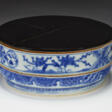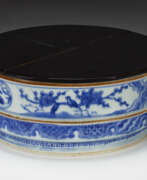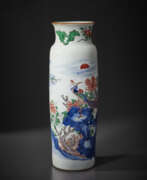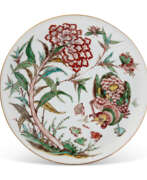Shunzi period

Shunzi period
The Shunzhi period, running from 1644 to 1661, marked the reign of the first Qing emperor to rule over China proper. The emperor, born Fulin, ascended to the throne at the tender age of five, under the era name "Shunzhi". Due to his youth, regents were appointed to govern in his stead, primarily Princes Dorgon and Jirgalang.
Emperor Shunzhi’s rule was pivotal in consolidating Qing control over China following the downfall of the Ming dynasty. His reign saw the Qing defeat the remaining Ming loyalist forces and established the Qing dynasty’s foundations in China proper. Shunzhi was a progressive ruler, known for combating corruption and curbing the political influence of the Manchu nobility. His interests in Western astronomy and technologies reflected his open-mindedness.
In terms of cultural artifacts from the Shunzhi period, particularly porcelain, there was a significant lack of imperial patronage for porcelain production, likely due to the turbulence of the civil war that led to the establishment of the Qing dynasty. It wasn't until the 1980s that a clearer understanding of Shunzhi porcelain emerged, following the discovery of a shipwreck with around 23,000 pieces of porcelain. These artifacts suggest that the porcelain was tailored to the tastes of the scholarly gentry and the Southern coastal merchants.
One notable example of Shunzhi period art is a blue and white circular basin with 'Three Friends of Winter' motif, an exemplar of the era’s artistic output, showcased in Sen Shu Tey's collection and exhibited in Tokyo in 2016.
The emperor died at 22 from smallpox, and his third son succeeded him, ushering in the Kangxi era, which would last for 60 years.
For collectors, auctioneers, and experts in art and antiques, the Shunzhi period represents an era of transformation and innovation in Chinese art, with its rare porcelain pieces being particularly sought after. If you are interested in updates on sales and auction events related to Shunzhi period artifacts, you might want to sign up for specialized updates.
| Country: | Asia, China |
|---|---|
| Start of the period: | 1644 |
| End of the period: | 1661 |



